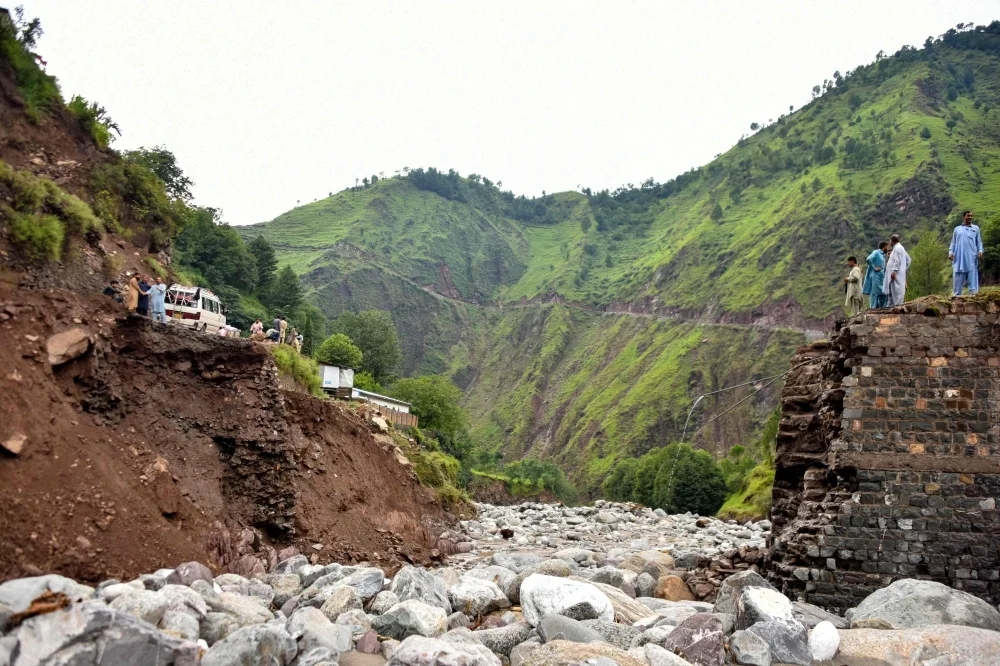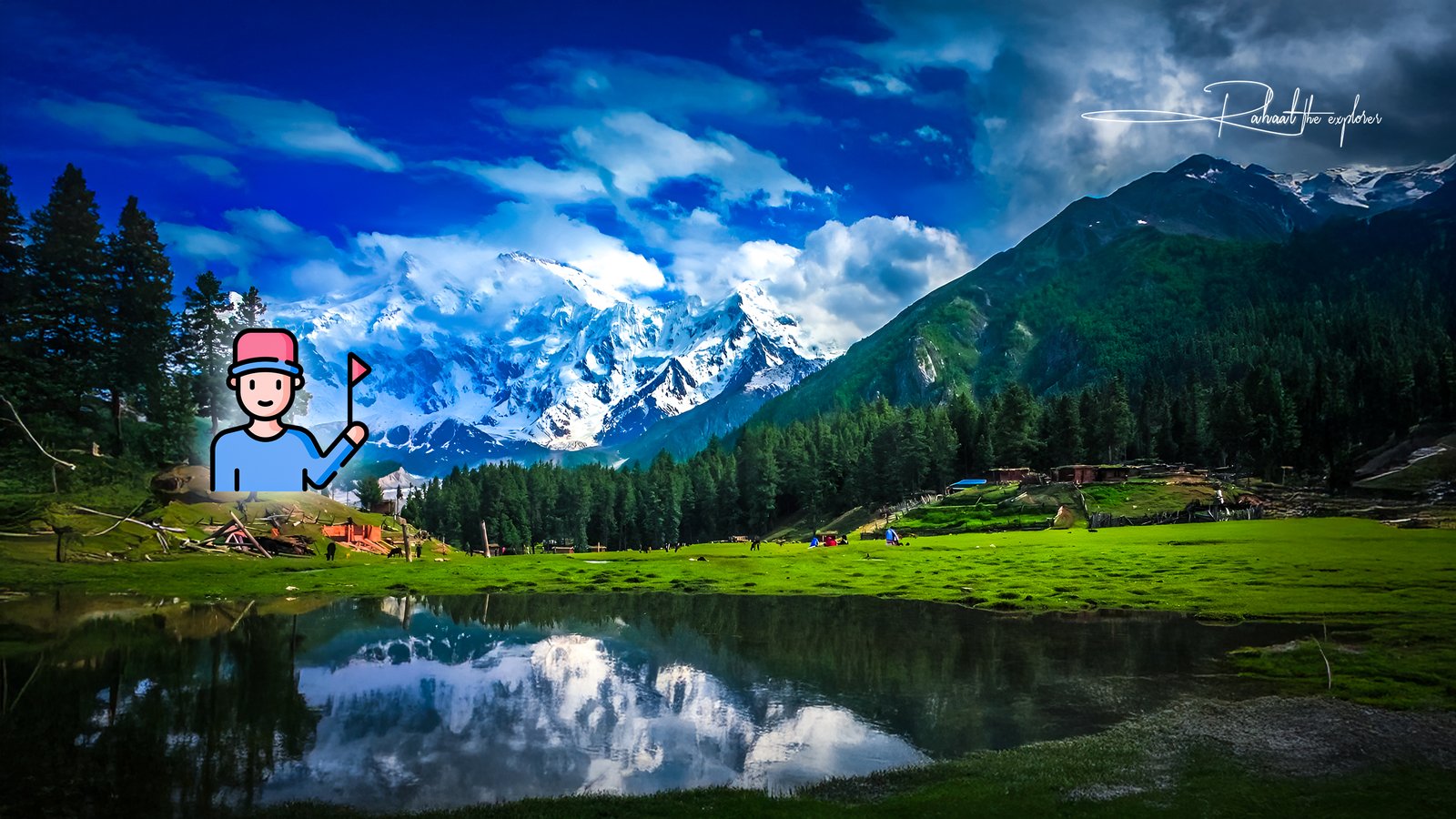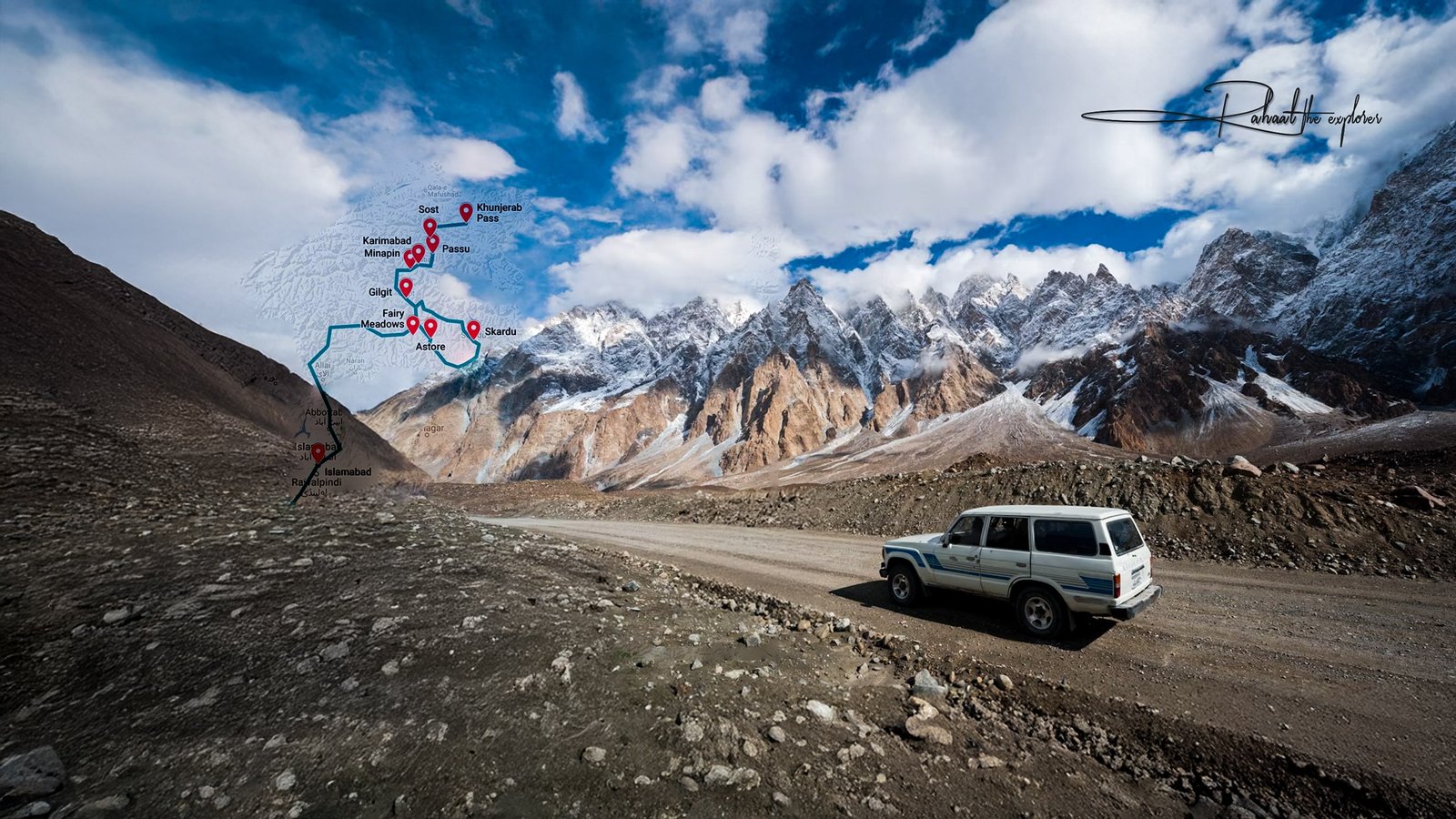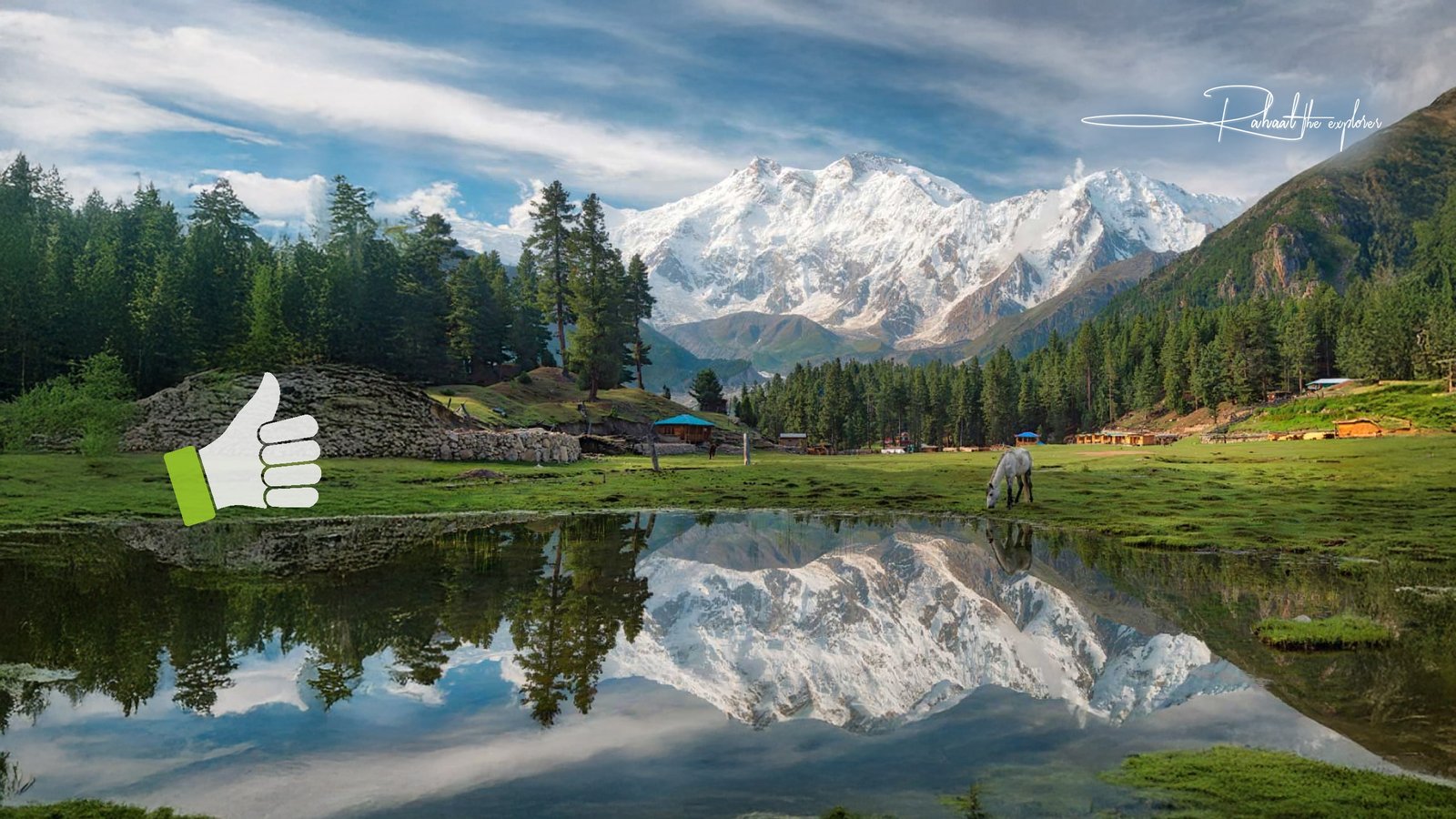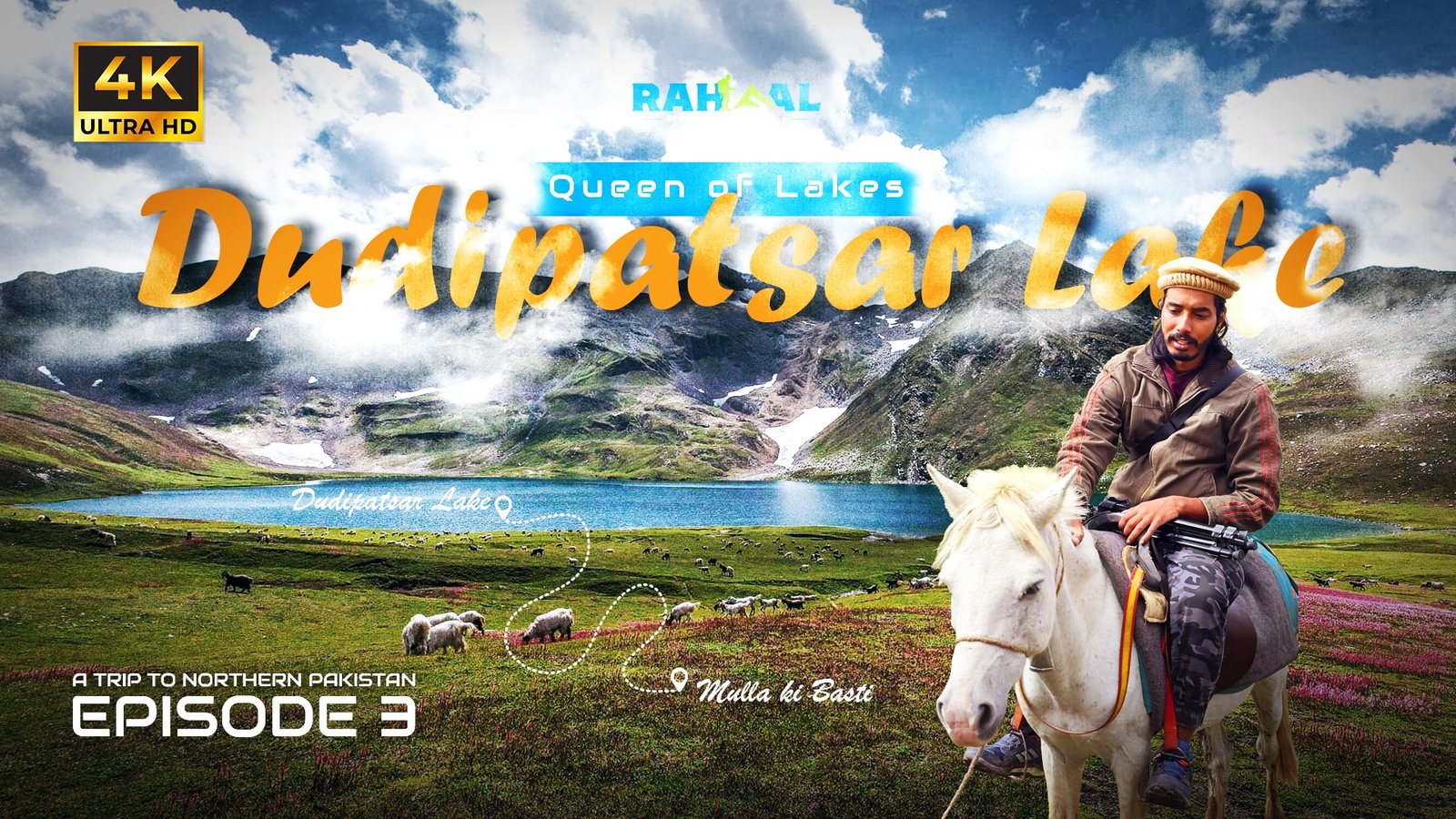The Pakistan floods 2025 have left a trail of destruction across the country, claiming hundreds of lives and displacing thousands of families. While the human toll remains the most heartbreaking, the collapse of infrastructure has added another layer of crisis. Roads, highways, and bridges—lifelines that connect communities and support trade and tourism—have been washed away by torrential rains and flash floods.
This disaster has not only paralyzed mobility within flood-hit regions but also crippled tourism in northern Pakistan, one of the country’s most vibrant sectors. The NDMA travel advisory issued in August 2025 paints a grim picture: unsafe roads, collapsed bridges, and blocked mountain passes have cut off access to popular tourist destinations like Swat, Hunza, Gilgit, and Naran-Kaghan.
In this blog, we explore the extent of infrastructure damage, its impact on tourism and the economy, and what Pakistan needs to do to rebuild and prepare for the future.
Roads Washed Away: Lifelines Lost
Road networks are the backbone of Pakistan’s connectivity. Unfortunately, the 2025 monsoon floods have wreaked havoc on both rural and urban transportation systems.
1. Northern Areas Cut Off
In Swat, Shangla, and Mansehra, entire stretches of highways have been washed away by raging rivers.
The Karakoram Highway (KKH)—a vital route connecting Pakistan to China—suffered multiple landslides and road collapses.
Dozens of villages in Buner and Bajaur remain inaccessible, leaving thousands stranded without aid.
2. Urban Road Networks Damaged
Cities like Peshawar and Rawalpindi experienced waterlogging that damaged major roads.
Poor drainage systems worsened the situation, exposing the fragility of urban planning.
Bridges Destroyed: Communities Disconnected
The floods of 2025 have also destroyed bridges, many of which took years to build. The loss of these structures has isolated entire regions and disrupted trade and rescue operations.
1. Swat and Shangla Bridges
Multiple suspension bridges in Swat Valley collapsed due to flash floods, cutting off local markets from nearby towns.
Rescue teams struggled to reach victims because alternative routes were either unsafe or nonexistent.
2. Gilgit-Baltistan
In Gilgit-Baltistan, key bridges connecting Skardu and Hunza to the rest of Pakistan were swept away.
The Jaglot-Skardu road, a lifeline for tourism and trade, suffered severe damages.
3. Economic Consequences
Farmers were unable to transport fresh produce to markets.
Local businesses lost access to supply chains, worsening the economic toll of the disaster.
NDMA Travel Advisory: Tourism at a Standstill
Tourism, especially in northern Pakistan, is one of the worst-hit sectors. The National Disaster Management Authority (NDMA) has issued multiple travel advisories urging tourists to avoid visiting flood-affected areas due to:
Unsafe roads and bridges
Landslides and blocked routes
Limited accommodation and food supply
High risks of accidents and further flash floods
1. Tourists Stranded
Many tourists visiting Swat, Hunza, and Gilgit in July and August 2025 were trapped for days due to road closures. Helicopter evacuations were launched, but weather conditions made rescues difficult.
2. Cancellations and Losses
Hotels, guest houses, and tour operators reported mass cancellations.
Local artisans and businesses dependent on tourist spending faced financial ruin.
3. International Perception
The disaster received wide coverage in international media, raising concerns among foreign travelers and potentially damaging Pakistan’s tourism image for years.
Tourism’s Economic Setback
Tourism contributes significantly to the economy of northern Pakistan. Before the floods, places like Hunza Valley, Skardu, and Naran were witnessing record numbers of domestic and international tourists.
In 2024, the tourism industry generated millions of dollars in revenue.
In 2025, the flood disaster wiped out months of progress in just weeks.
Families dependent on ecotourism, hospitality, and handicrafts have lost their only source of income.
Experts warn that if infrastructure is not quickly restored, the economic shock could last for years.
Climate Change: A Root Cause
The collapse of infrastructure in 2025 cannot be seen in isolation. It is deeply linked to climate change in Pakistan:
Glacial melting increased river flow beyond safe levels.
Rising global temperatures made monsoon rains more intense.
Deforestation and encroachments worsened the impact of floods.
According to climate experts, unless Pakistan invests in resilient infrastructure and climate adaptation, disasters like this will only become more frequent.
Health and Safety Concerns
Collapsed roads and bridges don’t just affect tourism and trade—they directly endanger lives.
Delayed medical access: Ambulances were unable to reach flood-hit areas.
Shortage of supplies: Relief trucks could not deliver food, clean water, and medicine.
Accident risks: Many makeshift bridges collapsed under use, causing further fatalities.
Lessons for the Future: Building Resilient Infrastructure
The 2025 floods highlight the urgent need for a national strategy on disaster-proof infrastructure. Steps that Pakistan must take include:
1. Climate-Resilient Construction
Build roads and bridges with stronger foundations designed to withstand flash floods.
Use eco-friendly materials to prevent erosion.
2. Reforestation and River Management
Restore forests to reduce soil erosion.
Enforce strict laws against construction on floodplains.
3. Improved Drainage and Urban Planning
Upgrade drainage systems in cities to prevent urban flooding.
Develop masterplans for climate adaptation in Pakistan.
4. Tourism-Specific Safety Planning
Design safe evacuation routes for tourists in northern Pakistan.
Train local communities in disaster management to protect visitors and residents alike.
Conclusion
The infrastructure collapse caused by Pakistan floods 2025 is a reminder that natural disasters don’t just claim lives—they also destroy the foundations of a country’s economy, connectivity, and future growth. With roads washed away, bridges destroyed, and Pakistan tourism paralyzed, Pakistan faces one of its toughest challenges yet.
Rebuilding will require not only massive financial investment but also a shift in priorities—from short-term fixes to long-term, climate-resilient planning. If Pakistan takes these lessons seriously, the tragedy of 2025 could pave the way for a safer, stronger, and more sustainable future.


